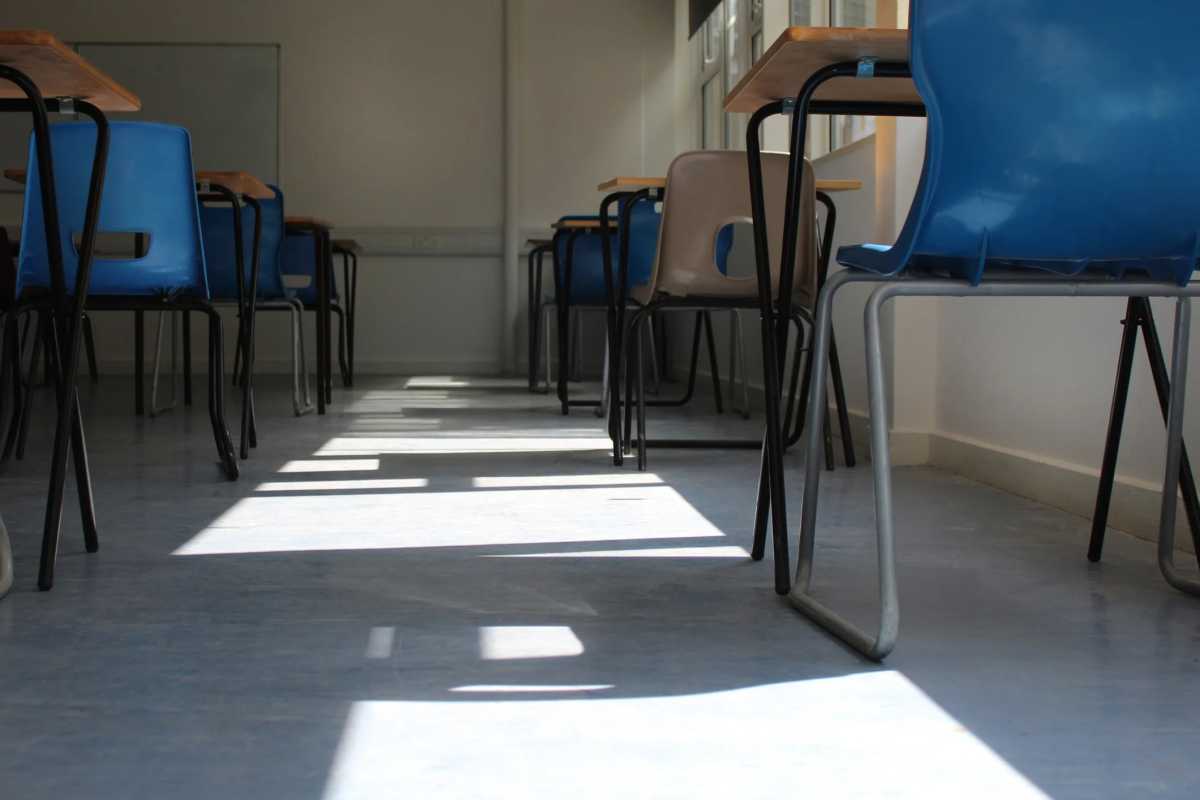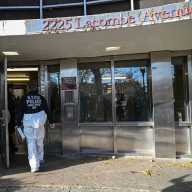ALINE REYNOLDS | As the wait lists at Downtown’s zoned elementary schools persist, frustrated education activists and neighborhood families have been brainstorming, trying to find a way to tackle school overcrowding.
One of the proposed solutions is taking the pre-kindergartners out of the area’s public schools and centralizing the program for local children at a single Downtown venue. Half-day pre-K programs are currently available at P.S. 89, P.S. 276 and the Spruce Street School (P.S. 397).
The goal would be to free up much-needed classrooms in the elementary schools, so that children wait-listed for seats in the schools’ 2012-13 kindergarten classes would be offered a spot at their neighborhood school, according to Paul Hovitz, chair of Community Board 1’s Youth and Education committee. The committee, Hovitz said, has a dozen possible sites in mind to house the pre-K center, including 40 Wall St., the Syms Building at 42 Trinity Place and Asphalt Green in Battery Park City.
In addition to opening up space in the zoned schools, the idea behind the center is that it “also continues to provide the pre-K programs for parents in our community, as we oppose the simple, complete elimination of those programs,” said Hovitz.
Otherwise, Hovitz said, “People that can’t afford private pre-K school would be left out. That would be awful.”
Public school pre-kindergarten was established by New York State in the late 1990s. The city subsequently phased in the program around the city over a four-year period starting in 1998.
The C.B. 1 Youth and Education Committee unanimously passed a resolution at its April 10 meeting asking that the Dept. of Education temporarily house the pre-K center at the Tweed Courthouse starting next fall, until the D.O.E. decides on a long-term venue.
“There is plenty of classroom space there,” said Hovitz, who partook in a group tour of Tweed’s classrooms in February.
Tweed is a particularly good short-term venue because it would eliminate additional operation costs — namely, the leasing of classroom space.
“It’s simply a matter of occupying space that the Department already owns,” said Hovitz.
D.O.E. spokesperson Frank Thomas declined to comment on the proposal for a Downtown pre-K center. The Department has occasionally removed individual pre-K sections to make room for zoned students when necessary, he said, but it hasn’t yet entertained that option to accommodate the neighborhood’s current wait-listed kindergarteners.
“If we do that, we’d attempt to locate a pre-K section at a [school] nearby,” said Thomas. “The location would be subject to each individual case.”
Many neighborhood parents are on board with the idea, including Kara Da Silva, whose five-year-old son, Joaquin, is currently number 15 on the wait list at P.S. 89.
Though Da Silva also has a three-year-old to put through elementary school, her first order of business is to make sure Joaquin gets into kindergarten at the elementary school that’s a block-and-a-half away from her home.
“I’m not looking just to kill [pre-K]… but now it’s come down to a point where the D.O.E. has to provide seats for zoned kids in kindergarten,” said Da Silva.
“I do think those kids should get priority over those seats.”
“I would be in favor of it, just being selfish,” said Rob Cristofaro, whose P.S. 276 pre-kindergartener, Kiki, has been wait-listed for the school’s kindergarten class.
Cristofaro is disturbed that Kiki might not be offered a seat at the same school she attends pre-K. “Anything that would help in regard to keeping here where she is, I’m for it,” he said.
Eliminating the zoned schools’ pre-K programs is the optimal solution, echoed Alex Yawata, whose daughter, Naomi, is number 18 on the P.S. 89 wait list.
“I’m not heartless,” said Yawata. “If they can keep pre-K in the zoned schools and still make room for the kindergarten kids, that’s awesome. But the stand-alone center, to me, is a solution that serves everyone.”
Assembly Speaker Sheldon Silver, who heads Downtown’s school overcrowding task force, said he would back the community’s proposal.
“Parents must be able to send their children to their zoned schools, and it is essential that the Department of Education continue to look for ways to eliminate kindergarten wait lists, including the possibility of creating pre-kindergarten centers as a way to free up additional seats,” said Silver.
However, other sources cautioned against the proposal as a means of solving Downtown school overcrowding. NYU business professor Eric Greenleaf, who has done extensive research on Downtown school overcrowding, said the strategy would be a temporary solution at best to secure additional space for next year’s kindergarteners.
“It’s not a good permanent solution, but we have to find a solution for next year,” said Greenleaf. “So if it’s something that works well for the kids, the teachers and the principals, then it’s something that we should consider.”
Greenleaf added, “But you still can’t take in more kids than you can hold in the long-run.”
Community Education Council District Two President Shino Tanikawa also criticized the proposal, calling it a band-aid fix.
“It’s not creating capacity in the school,” said Tanikawa. “More capacity is what we need, not getting rid of programs.”
Maggie Siena, the future principal of the Peck Slip School, also warned that opening up new kindergarten sections in the local schools would cause a ripple effect of overcrowding in the older elementary school grades. Under the proposed setup, the school is supposed to offer a pre-k program once it opens at One Peck Slip, its permanent home, in 2015.
“You can open up another kindergarten class, but when they are first graders, you have that many more kids that’ll be in first grade,” said Siena. “So it’s not necessarily practical in terms of space once the kids get a bit older.”
In the event that pre-K is removed from the zoned elementary schools, Siena said the Department might consider carving out some classroom space at Tweed for a temporary pre-K center. However, the amount of partitioning and other alterations that can be made to the classrooms is limited, Siena noted, since Tweed is a landmarked building.
“I’m not quite sure how that would work, but I certainly understand the need for pre-K Downtown,” said Siena. “It’s certainly something to look into.”





































